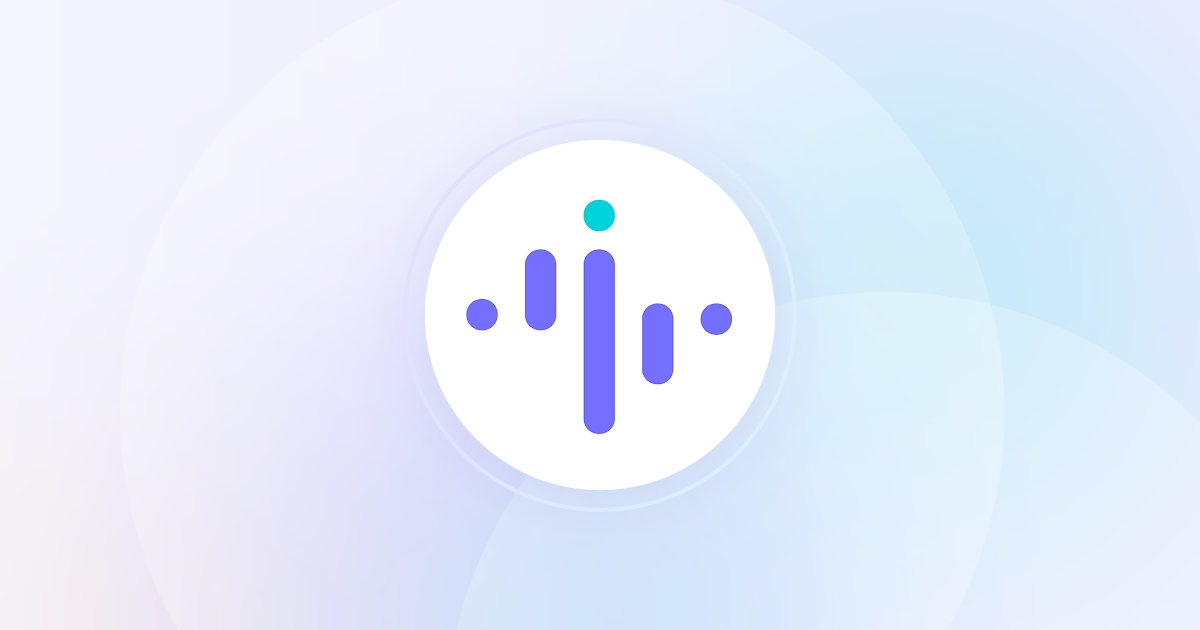How to Beat Productivity Lows While Working Remotely



In this article, we’re going to discuss:
- How remote flexibility can quietly turn into performance drag without structured boundaries.
- Why aligning your team’s schedules is critical to improving collaboration and project completion.
- The power of planning work around natural energy peaks instead of forcing productivity.
- Which tools can help reinforce focus and visibility without adding pressure.
Even your top performers hit a wall when working from home: sluggish mornings, scattered focus, and days that blur together. What starts as flexibility quickly morphs into missed handoffs and inconsistent output you can’t always see.
The line between “logged in” and “locked in” disappears without structure.
Employee computer monitoring software helps you combat these issues, allowing you to rebuild performance without adding pressure. This guide shows you how to reset your remote team’s productivity levels.
When Remote Flexibility Turns Into Performance Drift
When teams move remote, flexibility isn’t the problem; the lack of structure is. A study conducted by Stanford found a 10-20% drop in productivity among remote workers compared to in-person work.
With a remote job, you lose the shared signals of an office: visible workflows, peer pressure, and leadership presence. In their place, distractions in the office become distractions at home, which are amplified by the isolation. Work hours expand while productivity shrinks.
That drift adds up. Employees may clock in, but performance worsens without clear routines or visibility into how time is spent. And for managers, that’s where the risk multiplies: you’re left guessing who’s slipping, where time goes, and how to fix it.
Without better systems, teams normalize low output and justify it with effort. You need real-time visibility to challenge that cycle and restore meaningful workflow.
How to Regain Focus & Momentum Remotely
You can’t instill productivity with guesswork. The fix isn’t more meetings or longer hours; it’s intent on rebuilding the structure. That means reshaping the day to match remote work, using clear routines and the right tools to spot and resolve distractions early.
These steps will show you how to make those changes stick, without micromanagement, and with sustainable systems that help remote teams stay in control of their time.
Step 1: Set a Hard Boundary Between Work & Home
Your employee must have a clear physical and psychological boundary that signals to their brain it’s time to work.
That begins with choosing a consistent space: a room, desk, or even a corner that becomes a non-negotiable work zone. Don’t mix relaxation and downtime in the workspace. Without that separation, they will find it more difficult to separate when it’s time to focus or relax.
You can support your team by:
- Encouraging employees to post photos of their setup in team channels.
- Subsidizing ergonomic or workspace items.
- Reinforcing the importance of separating work and personal spaces during onboarding.
Even when someone is home alone, ambient habits like checking messages or tidying up can be just as disruptive as office distractions. When there’s no visible cue for “work mode,” interruptions come easily. Establishing boundaries restores that signal and gives their routine a daily reset point to improve productivity.
Step 2: Align Schedules to Company Hours
You must work when your team works (when fitting). Otherwise, collaboration is limited, and small tasks can get stuck for hours.
Even in remote setups, asynchronous doesn’t mean ad hoc. Without aligned availability, simple check-ins turn into 24-hour delays, and project completion is affected.
Managers should:
- Define core hours for overlap across time zones.
- Publish availability expectations in team policies.
- Use scheduling tools and shared calendars to improve visibility.
Set clear working hours based on your team’s overlap zone. This isn’t about rigidity, it’s about operational flow. A remote employee monitoring tool like Insightful (formerly Workpuls) helps you visualize real-time activity patterns and know when to schedule collaboration time.
Step 3: Use Tech to Structure Your Time
You need tools that help you direct attention, not just track activity. When work is self-paced and unstructured, the risk is a lack of focus. That’s why tech should reinforce how and when you focus, not just report on screen time after the fact.
Incorporate time management tools and techniques into your team’s workflow to create visible, repeatable anchors: calendar blocking, app blockers, and focus timers. Pair these with a monitoring software to surface actual work patterns: which tools drain time, what tasks derail focus, and the possible solutions.
Managers can help by:
- Mandating or recommending specific time tracking tools (e.g., time blocking, app blockers).
- Creating team-wide focus blocks and limiting them from meetings.
- Reviewing activity logs together to support better planning.
Insightful encourages companies to allow employees access to their data to monitor their own productivity, which can be added in.
Step 4: Optimize Your Day Around Energy Peaks
It’s encouraged to track employee productivity by task and mental effort. This way, their energy can remain more consistent throughout the day. Trying to write a proposal at 3 PM or power through emails at 8 AM can backfire if it doesn’t align with one’s natural rhythm. So, encourage your employees to work within the hours that will naturally increase productivity.
Encourage your teams to use their sharpest hours for complex thinking and lower-focus windows for admin, outreach, or repeatable tasks. With a workforce intelligence platform, you can review productivity data to spot when you're getting work done. Then, you can restructure your day to match that pattern.
Managers should:
- Encourage teams to reflect on their peak cognitive hours.
- Build task lists by complexity (e.g., "Deep Work AM, Admin PM").
- Use Insightful to visualize when individuals are most productive, then coordinate deep work hours accordingly.
Step 5: Use the Pomodoro Method to Prevent Mental Fatigue
Work in sprints, not marathons.
The Pomodoro method breaks work into 25-minute deep-focus sessions, followed by 5-minute breaks. It’s simple and effective, especially when remote work blurs natural pauses and encourages overextension.
Instead of relying on self-discipline to maintain attention, coach your workers to build rhythm into your workday. After four rounds, they earn an extended break, making recovery part of the system.
Use Pomodoro with time-tracking apps like Insightful that support the method to help employees stay on track without burning out. This way, your employees can see whether their focused sessions drive progress or just feel productive.
Encourage teams to:
- Use shared Pomodoro timers
- Set status messages that indicate "Pomodoro in progress".
- Combine Insightful data to validate which Pomodoro cycles work best for focus.
FAQs
What tool helps with remote focus & scheduling?
A workforce intelligence platform like Insightful helps identify focus peaks and dips throughout the day. You can optimize scheduling and workload distribution by analyzing activity patterns and tool usage.
For example, you might notice that Tuesdays have the lowest focus hours due to back-to-back meetings, so you shift team check-ins to lighter days and preserve midweek for heads-down work.
How can I monitor productivity without disrupting my team?
Use employee productivity monitoring software that tracks app usage, idle time, and task focus without constant check-ins. Tools like Insightful provide detailed visibility while respecting workflow autonomy, helping managers intervene early, without micromanaging.
For example, if a rep’s productivity score suddenly drops mid-week, you can check app logs and gently check in without accusing. They might just be stuck on a task or unclear on priorities.
Is Insightful better than basic time tracking apps?
Yes. Unlike basic timers, Insightful’s remote work monitoring includes real-time analytics, activity breakdowns, and customizable productivity labels. It helps teams spot underperformance trends and improve focus.
For example, Insightful might show developers are most productive using VS Code and least during Slack-heavy periods, prompting better async guidelines.
Common Mistakes That Undermine Remote Productivity
Even with the right intentions, remote team habits can go sideways without the proper guidance. These are some of the most common leadership missteps, and how they can be corrected before performance suffers:
- Letting workdays blend without structure can cause you to lose track of time, shift tasks aimlessly, and create a false sense of progress. Log consistent start/end times and reinforce them with clear routines.
- Relying on willpower instead of systems: Motivation drops fast without built-in boundaries. Use tools like the Pomodoro method or app blockers to stay focused without fatigue.
- Misusing employee monitoring tools: When you treat them like surveillance instead of insight, trust erodes. Reframe remote work monitoring to support and not control.
- Assuming time online equals output: Busy screens don’t equal business impact. Use a monitoring tool to connect active time with real results, not just presence.
- Ignoring tool fatigue and tech overload: Too many disconnected apps fragment focus. Audit usage regularly and streamline with purpose-built productivity solutions.
Alia Services used Insightful to bring structure to their fully remote team, increasing focus time by 20% in just a few weeks. By tracking productivity rhythms across employees, they could define deep work windows and reduce cross-timezone delays. Read the full case study.
From Distraction to Disciplined Output
Remote work doesn’t have to mean reduced visibility or unpredictable results. With the right structure and tools, your team can perform clearly, no matter where they are.
Use Insightful to track focus trends, eliminate busywork, and align time with high-value outcomes.
Start a 7-day free trial or book a demo to see Insightful’s effectiveness!
Updated on: July 8th, 2025

.jpg)
.jpg)
.jpg)